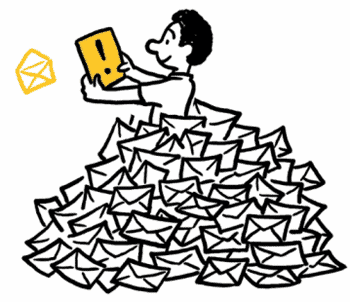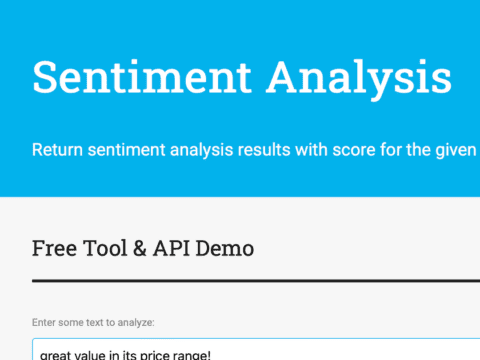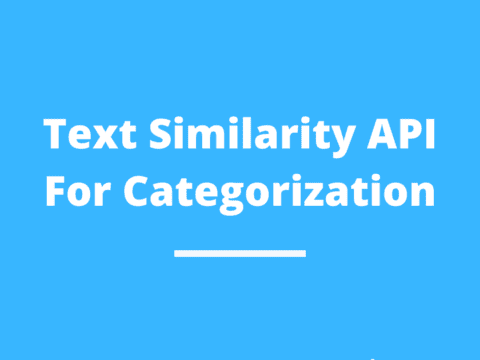Ever found yourself in the situation of a flooded inbox full of emails? You immersed yourself in this “First Task of The Day”, spent the whole morning replying and addressing each and every email, and before you know it, you had already downed 2 cups of coffee and the clock says its lunch time. You wondered “How did my morning flew by so quickly? I’ve yet to get my own tasks done!”.
Image credit icebergwebdesign.com
Responding to emails can be a tricky task.
It seems like a small part of your daily responsibilities but yet sneakily, it can take up a lot of your time. According to Lifehack.org’s post: 11 Differences Between Busy People vs Productive People, the problem with responding promptly to emails is that, they are other people’s priorities, not yours. If you respond to every email, you are dividing up your life into a thousand tiny bits that serve other people’s priorities.
Theoretically, the statement makes sense and it is true that we could have gotten ahead with our own tasks if those time weren’t invested in responding to other people. But in actual fact, we probably do not have much of a choice but to respond.
The Pareto Principle states that 80% of your desired results come from 20% of your activity. One way to manage email overloading is to make use of technology to solve our problem. (Well after all we do not live in caves anymore!) Leveraging on technology can help us work smart and work efficient!
Utilizing Natural Language Processing
Using NLP, you can now get your incoming email analyzed and classified the way you want it. Depending on your function, there are many ways you can put categories to sort them! Twinword’s Text Classification API picks out keywords and categories (customization available), whereas Sentiment Analysis API analyzes the tone of the email context. Combine both for the perfect mix in sorting out your emails.

Image credit of oncomp.com
Now you may be wondering what is the value in classifying my emails?
- Setting Priorities. For example, you may want to respond to “angry emails” first, before they chew your head off escalated complications.
- Scientific Management. No, we’re not talking about Frederick Taylor’s story here. However, similarly the same theory can be applied in the work place. When similar tasks are streamlined and classified, there is lesser resistance to the workflow.
Bottom line: Work Smart and Not Hard 😉
Here are some links to get you started:
Cheers!




